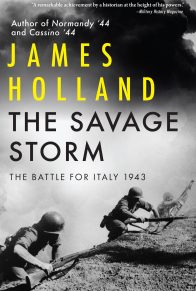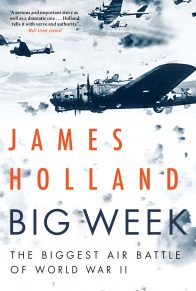Training to fly the Apache helicopter was the hardest thing I had ever done, or will ever do. Some of the best pilots I’ve known fell by the wayside during Apache conversion training. Cranchy was an instructor for twelve years. He failed. Paul was the chief instructor for an entire regiment, and he failed.
Why was the aircraft so hard to master? In a nutshell: because of the unimaginably demanding need to multi-task. Taking an Apache into battle was like playing an Xbox, a PlayStation, and a chess Grand Master simultaneously—whilst riding Disneyworld’s biggest roller coaster. U.S. studies found that only a very small percentage of human brains could simultaneously do everything required to operate the aircraft.
Information overload was a major issue. At least ten different new facts had to be registered, processed, and acted on every few seconds in the cockpit.
We were constantly bombarded with new information—from the flight instruments, four different radio frequencies chattering at the same time, the internal intercom, the weapons computers’ targeting, the defensive aid suite’s threats, and the Longbow radar.
Then there was the challenge outside the cockpit too. We had to know the position of our wingmen, the whereabouts of other allied jets and helicopters, spot for small-arms fire flashes on the ground, remember friendly ground forces’ positions, and keep a visual lookout for the target.
All this not just for a minute or two, but for three hours without a break. Miss one vital element and you would kill yourself and your copilot in an instant.
U.S. pilots called flying an Apache “riding the dragon.”
If you got something wrong or irritated the machine, it turned around and bit you. A cool temperament was even more important than a good pair of eyes and ears—the ability not to panic no matter what was being demanded of you. The second great challenge was physical coordination. Flying an Apache always meant both hands and feet doing four different things at once. Even our eyes had to learn how to work independently of each other.













